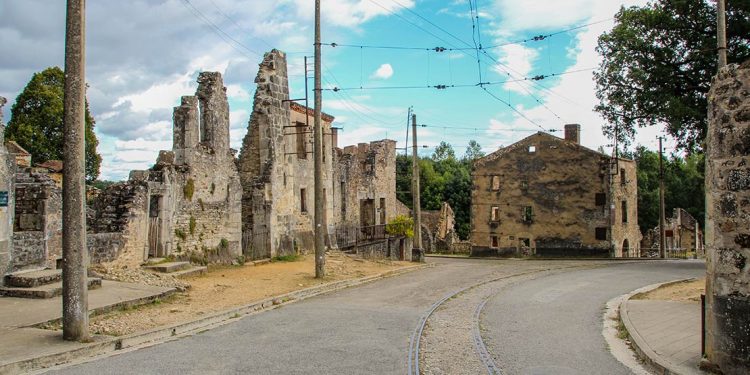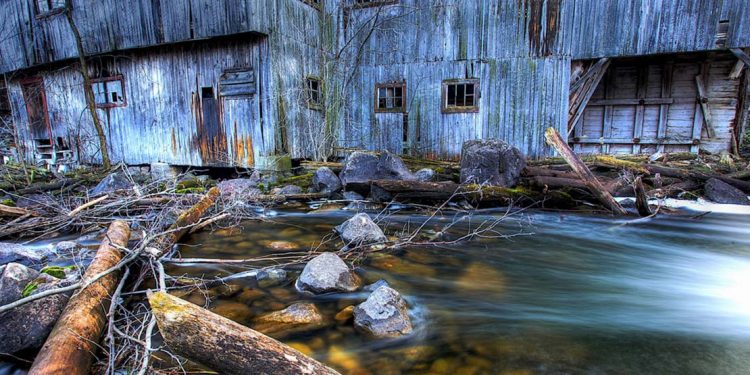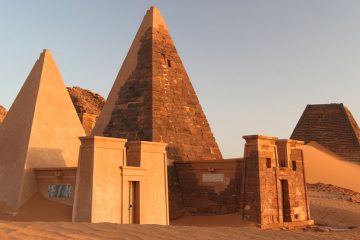From Tragic to Terrifying: Would You Visit These 9 Dark Tourism Destinations?
What Is Dark Tourism?
The world of dark tourism was recently made popular thanks to a Netflix documentary series called “Dark Tourist” where New Zealand journalist, David Farrier, dives deep into this subset of tourism. In the series’ eight episodes, David and the crew travel to astonishing, morbid and sometimes dangerous places around the world, highlighting these strange tourist destinations.
I was immediately hooked and wanted to know more about this unusual division of tourism. Why were people traveling to the corners of the Earth to put themselves in risky situations? How many other dark destinations were out there? Do popular and well-known historical sites count? What exactly is dark tourism?
Dark tourism consists of traveling to locations and destinations around the world that are associated with death, tragedy, destruction or all of the above. These are often natural disaster sites, memorials for historic tragedies, abandoned locales and destinations with undesirable reputations.
Due to it’s dark and occasionally horrific nature, dark tourism is also referred to as grief tourism, black tourism or Thanatourism — derived from the ancient Greek word Thanatos for the personification of death — although this term is rarely used.
Here are some of the morbid and occasionally horrific destinations around the world that should be on any dark tourist’s bucket list.
Chernobyl & Pripyat Town, Ukraine
Yes, you read that right. The Chernobyl power plant and abandoned town of Pripyat are open for tours. Not only that, but there are multiple tours to choose from depending on budget, which parts you’re interested in seeing, and how much time you have to explore. Tour companies offer excursions ranging from a single day through to a full week.
Chernobyl is the disaster site of a catastrophic nuclear accident in April 1986; the most disastrous in history. Despite dozens of people in Pripyat reporting illness only hours after the explosion, the town was not evacuated until over 36 hours later, exposing thousands of people to high levels of radiation. To this day experts are unsure of the final death toll.

Oradour-sur-Glane (Old Town), France
The old town of Oradour-sur-Glane is a “unique and sombre experience” according to one review on TripAdvisor. There is no cost to visit the village but tourists should know that it isn’t a place to be enjoyed, and is instead is a sobering memorial to the horrific events of June 1944.
Rusted bicycles, old sewing machines and the shells of old cars lay among the rubble of crumbling stone buildings in what was once a quaint French town. On June 10 of 1944, over 640 people, including women and children, were massacred by German soldiers. The village’s churches and barns were set on fire and left to burn. There was only one survivor of the brutal attack.
What Is Dark Tourism? The world of dark tourism was recently made popular thanks to a Netflix documentary series called "Dark Tourist" where New Zealand...

Balaclava Ghost Town, Canada
While not officially a tourist site, this Canadian ghost town is described as being “picture perfect” due to its row of dilapidated buildings. The focus of Balaclava, once a successful lumber town, is an old sawmill that was originally built in 1855 and is the site of one of the last water-powered sawmills to run in Ontario. Much of the original mill was destroyed in the 1930s by a massive fire but was quickly rebuilt.
The town is still home to a few residents, however most of its occupants left in the 1960s. Due to the depletion of timber in the region, it was no longer economical to keep the mill in operation. This left Balaclava’s general store, blacksmith shop, hotel, dam and sawmill neglected to fade away.






